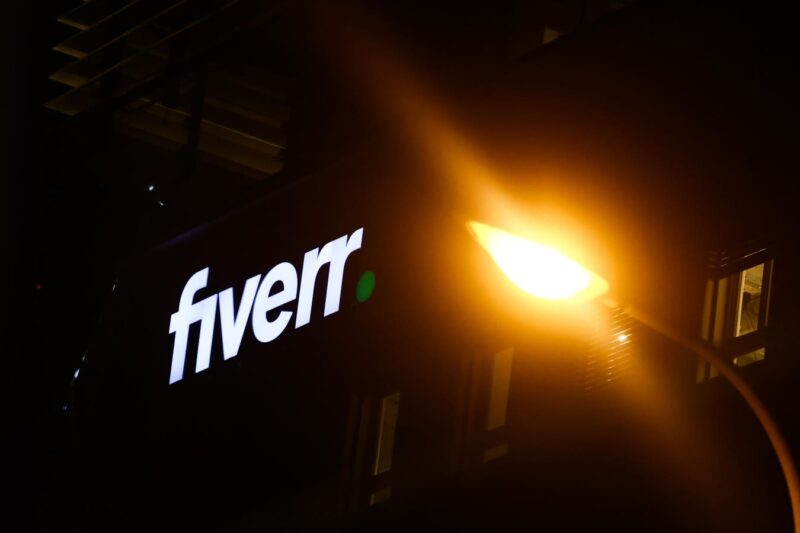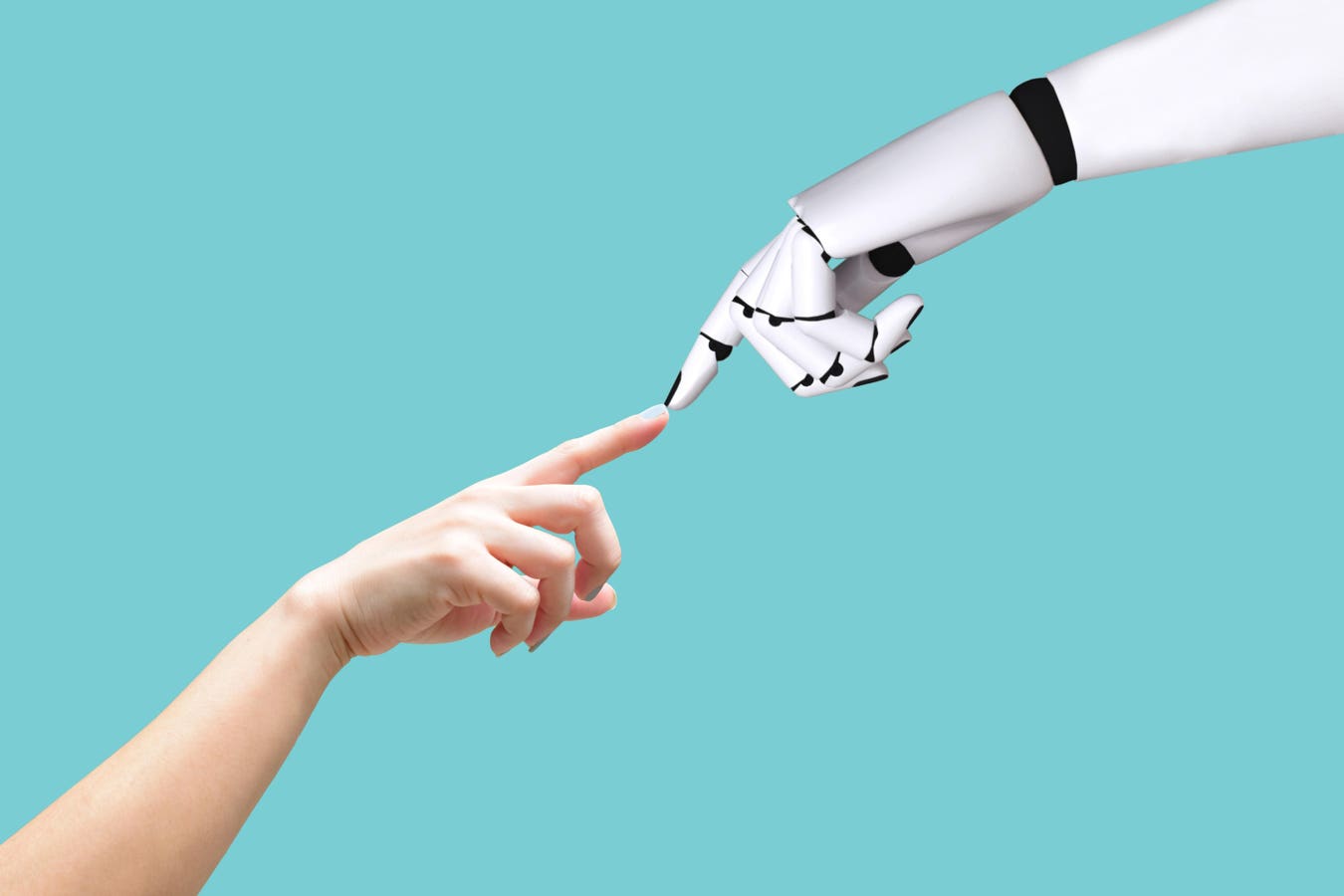With Fiverr’s AI pivot, the freelance economy faces its AI test: Can platforms scale while freelancers preserve creativity and trust?
NurPhoto via Getty Images
Last Monday, Fiverr told employees it would shed about 30% of its workforce. The reason, CEO Micha Kaufman explained, was not financial distress but a deliberate reset to turn the company into an “AI-first organization that is leaner, flatter and built for speed.” The announcement put Fiverr at the center of a much broader story about how artificial intelligence is transforming both the platforms that connect workers with jobs and the freelancers who rely on them.
Kaufman describes the shift as a strategic pivot, but in parallel, it is also a reflection of how work might be changing going forward. A company that rose by opening global opportunity to millions of workers is now reimagining its own operations. It highlights the dual nature of AI that many businesses are navigating — as both a productivity multiplier and a catalyst for organizational change.
“As we evaluate what has been done and what can be done, we believe we don’t need as many people to operate the existing business,” he wrote in his letter to staff.
Beyond “Strategic Restructuring”
Fiverr’s plan is to reinvest part of the savings into new growth segments while keeping profitability on track. The company reaffirmed its financial guidance for Q3 and the full year and said it expects to hit a long-term adjusted EBITDA margin of 25% in 2026 — a year earlier than planned.
“We’ve seen firsthand what AI-native teams can accomplish,” Kaufman noted. “Small groups using the right AI tools are delivering results that would have previously required entire departments. That pattern is too powerful to ignore.”
This approach aligns with Fiverr’s AI deployment across its operations. Initiatives like Neo, its AI-powered project matching tool, Fiverr Go, which is a personalized AI for creators and Dynamic Matching, its algorithmic marketplace optimization, are examples of where AI has already delivered value for the company. “Customer support resolution times have also dropped while marketplace integrity and fraud detection have become more sophisticated through machine learning,” Kaufman told me.
Empowering Creators
While restructuring captures headlines, Fiverr’s leadership sees this as an inflection point for creator empowerment. “The freelance economy is entering its next phase,” Kaufman said. “AI won’t replace human creativity, but it’ll make it stronger and allow freelancers to scale their unique talents while maintaining control over their work.”
That vision resonates with trends across the technology sector. At Salesforce, for example, CEO Marc Benioff recently said that AI now handles “30% to 50% of the work at Salesforce,” across engineering, customer service and marketing. He described the shift as a “digital labor revolution” that is already reshaping how companies operate. In June, Business Insider reported Benioff’s claim that AI systems were handling customer inquiries with 93% accuracy, with clients such as Disney among early adopters.
The pattern is consistent: Whether in enterprise software or talent marketplaces, AI is increasingly positioned as an enhancer of human capability rather than a replacement — enabling greater scale, quality and specialized expertise.
Rewriting Platform Economics
For Fiverr, the bigger wager is on reimagining platform economics. The company wants to free up resources so it can speed up innovation in its business by using AI throughout its infrastructure, from linking freelancers with projects to ensuring quality and trust.
“Fiften years ago, we built Fiverr to change how the world works together,” Kaufman reflected. “Today, AI is changing that landscape and we’re rebuilding to lead that change instead of just reacting to it.”
This change is in line with a bigger trend in AI adoption that I’ve written about before: The difference between what AI could accomplish in theory and what it can really do. The lesson is, however, quite clear: The organizations that succeed in this new AI era won’t be those making the loudest AI pronouncements, but those who translate technological capabilities into long-lasting competitive advantages.
The Real Test Of AI In Freelance Marketplaces
The coming year will reveal whether Fiverr’s transformation delivers on its promise. If successful, freelancers could leverage AI to tackle projects once requiring entire teams, while platforms operate more efficiently and develop innovative service categories. But the challenges are just as real: Keeping up quality, keeping trust and dealing with possible regulatory issues.
Kaufman also acknowledged the human side of things, emphasizing comprehensive support for departing team members while also painting a picture of possibility for those who stayed: “We’re not tearing down what we’ve built; we’re laying the groundwork for its next evolution.”
That balance between innovation and community represents the central challenge facing not just Fiverr but the future of work itself. As AI reshapes how value is created and distributed, the platforms that thrive will be those that harness technological advancements to make human connections even stronger. For Kaufman and Fiverr, that’s precisely the opportunity they’re now pursuing.









